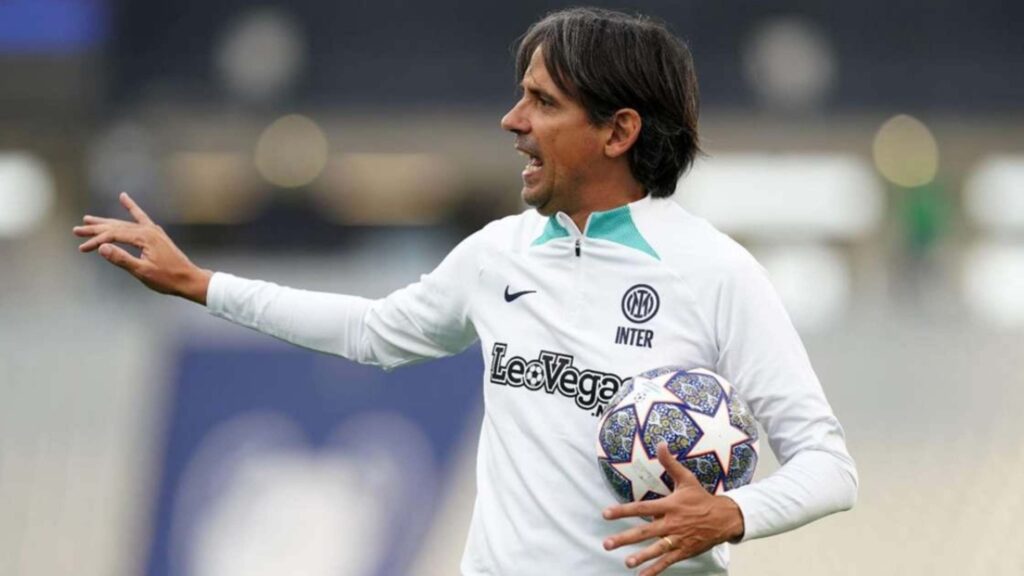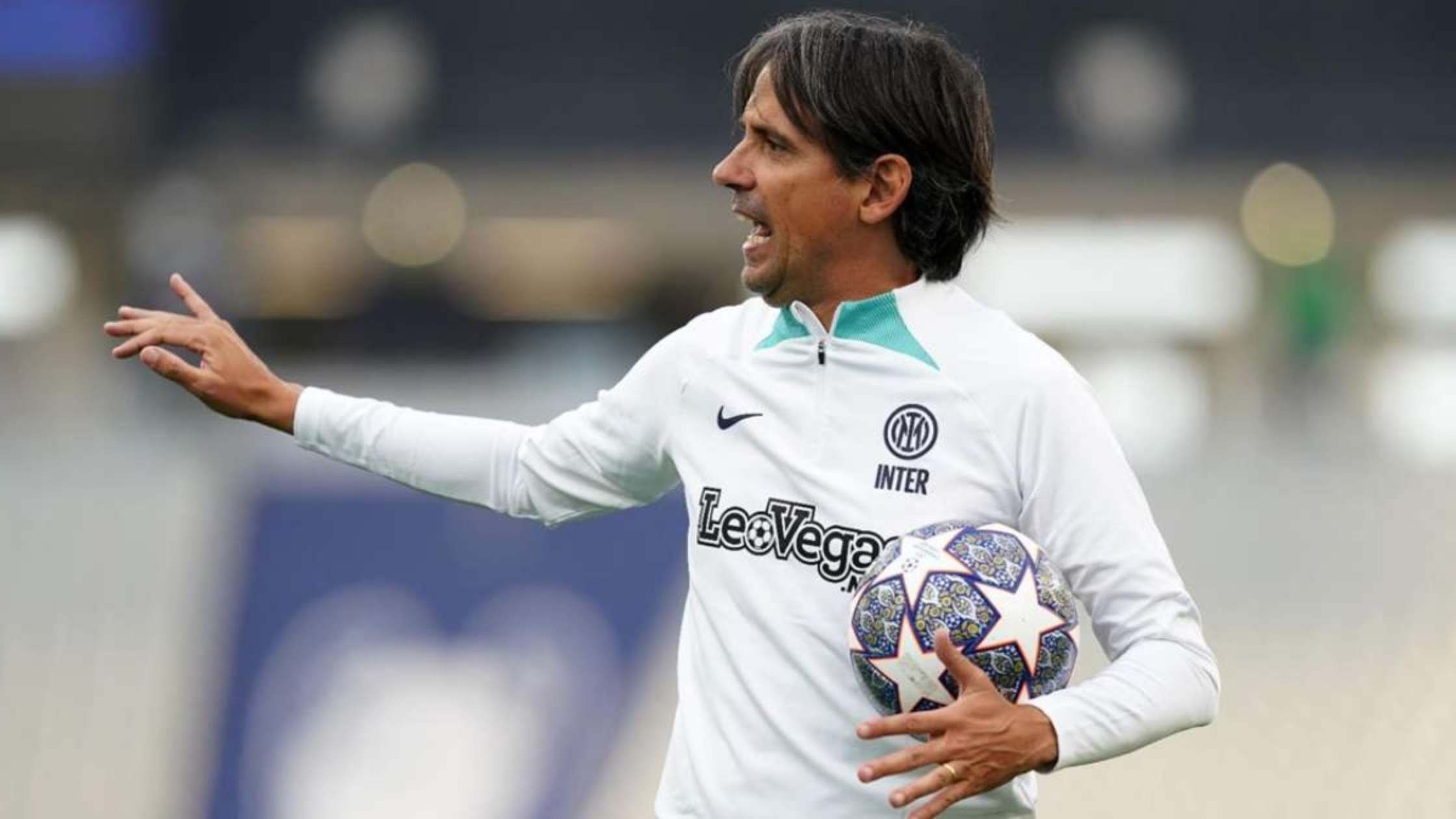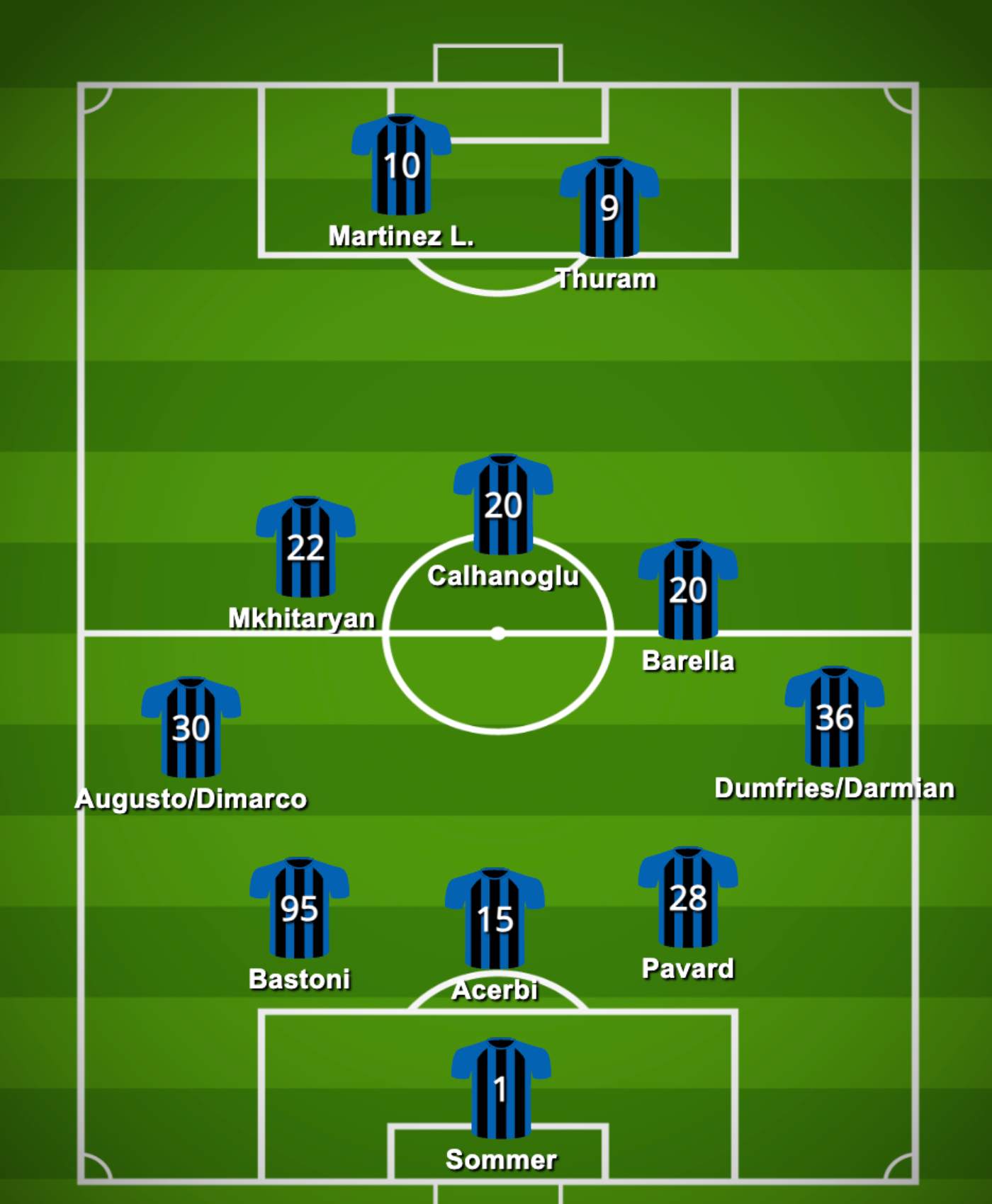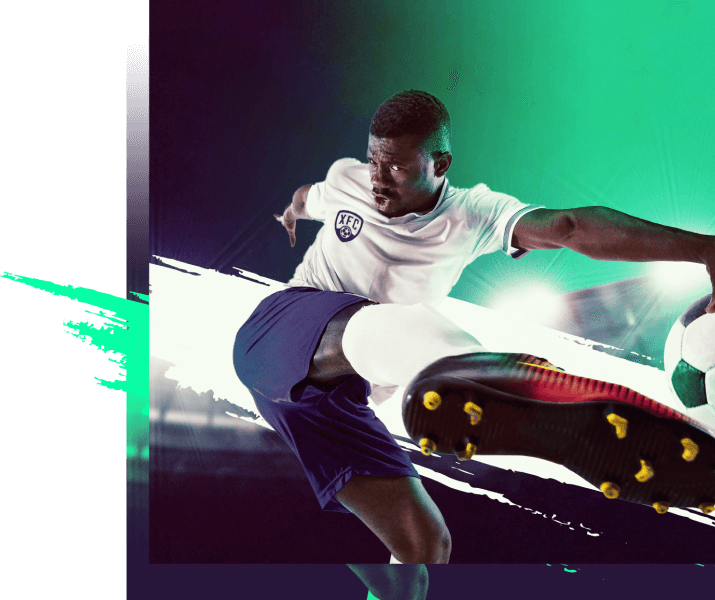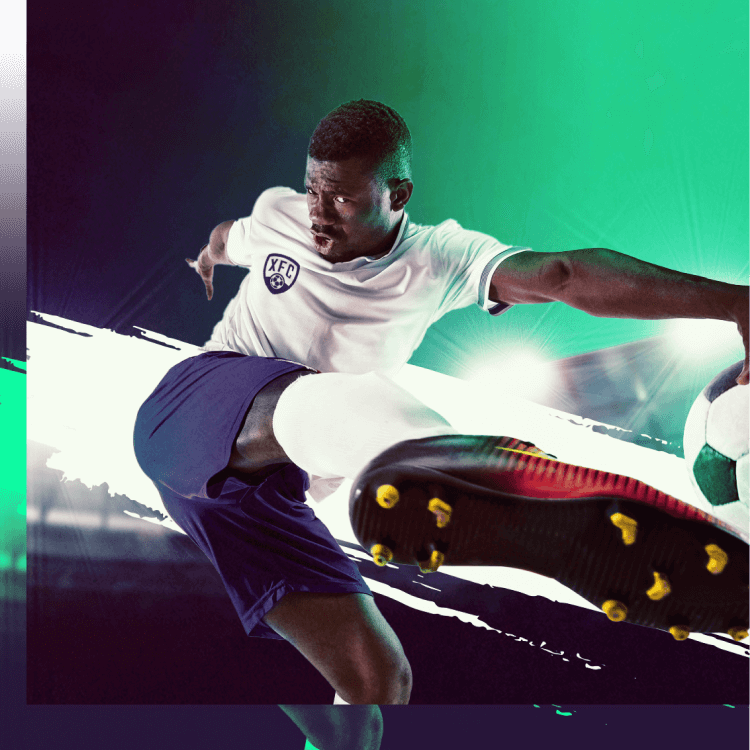Simone Inzaghi’s tactics have unexpectedly turned Inter Milan back into a heavyweight on the European football stage. And while those tactics may also appear at first sight to be rather tame and unexciting, they contain they display a fine understanding of the modern game.
Inzaghi’s appointment as manager of Inter Milan may have seemed like a risky move. But, in the last six months, especially, it’s been paying off massively for the club both on the domestic and the European fronts.
This is why it is time to analyze Simone Inzaghi’s tactics, see what makes this Inter Milan side, and see just what we can learn from this and apply it to our fantasy football squads.
Simone Inzaghi’s Career Prior to Football Management
Who is Simone Inzaghi? Most casual football fans would’ve answered a few years ago, “the brother of Pippo.” Filippo Inzaghi is one of the most successful strikers in the history of Italian football, scoring nearly 200 goals in the Serie A across a stellar career.
However, more knowledgeable fans would also tell you that Simone Inzaghi was a highly dependable striker and enjoyed a very good career as a player. Like his brother, Simone began his career playing within Piacenza’s youth system.
A decade-long tenure cemented his reputation as a player for Lazio, for which he scored 28 goals. He also made 3 appearances for the Italian national team.
Simone Inzaghi was always valued as a good professional. This reputation helped him manage Lazio Primavera after his retirement before he got the opportunity to act as the senior club’s manager starting in 2016.
Inzaghi’s career as a manager of Lazio largely eclipsed his playing career. He won the Coppa Italia in 2019 and the Supercoppa Italiana twice and helped Lazio become, once more, one of the top teams in Italy.
He was offered and accepted the position of manager of Inter Milan in 2021. Both the offer and his decision to accept were controversial at the time. Success, however, followed.
Football Philosophy
Simone Inzaghi has a tactical system that he likes to return to. It all starts with a 3-5-2 formation. It involves direct passing but also an emphasis on retaining possession.
The goal is to have the ball and move it quickly and with intent past the opposition’s last line of defence and into space for the two strikers to exploit.
This is not necessarily a novel approach to football management, nor does it appear to be an exciting one on paper. However, it is Inzaghi’s eye for detail, and the personnel he has surrounded himself with that help make this work.
Tactics at Inter Milan
Simone Inzaghi made his name as a football manager, employing a certain brand of football while in charge of Lazio. It made the club a power to be reckoned with in Italy. Arguably, it should have made the club even more successful. The same principles used during that tenure have been moved to his more high-profile job as manager of Inter Milan.
Are Simone Inzaghi’s tactics conservative? Yes and no. The fairest way to describe them is that they are meant to maintain balance throughout most of the game and help give his team the edge in a few moments in which the club can take advantage.
Formations and Tactics
Inzaghi bases his tactics on a flat 3-5-2 formation. There is usually a mobile defensive midfielder operating in front of the defensive line. Inter builds up quickly from the back. The goal is to get the ball to the team’s most creative midfielders, who will try to play the ball into space for the two attackers.
The strikers are mobile. But, more often than not, they act as poachers. While both Lazio and Inter liked to play out the ball through the centre of the pitch, attacking chances often occur from the wings. In this position, the team’s wingers, usually Denzel Dumfries and Federico Dimarco are expected to make runs, create width and create crossing opportunities for the two strikers.
This season, in the 2023/24 campaign, Internazionale has by far both the best attacking and defensive records in Serie A. They average 2.32 goals per game. Inzaghi makes fantastic use of Lautaro Martinez’s ability as a finisher, as well as Marcus Thuram‘s dribbling and passing skills. Together, they are one of the best-attacking partnerships in the league.
Finally, while Inter is known for a relatively rigid tactical approach, minor variations to Inzaghi’s tactics are common. For example, the 3-5-2 formation will become a 3-5-1-1 with Thuram playing support duties or a 3-1-4-2 with Nicolo Barella acting as a defensive midfielder.
Furthermore, verticality and the use of individual skills will be negotiated based on the strength of Inter’s opponents. While teams have tried to play with a low defensive block in order to neutralize their attacking prowess, this strategy has not worked out in the Serie A. Inter have lost only one game at the time of writing and sit first in the league.
And while performances have been less exciting in the Champions League, one shouldn’t easily forget last season’s exploits. It was only a few months ago that Inzaghi was one lucky goal away from helping Inter win the UCL title using similar tactics.
Inter Milan’s Defensive Structure
Well-established clubs like Internazionale Milan have a way in which they play. It is expected that managers will move the team in this direction. For Inter, defensive stability is in the club’s DNA. If anything, this is the prime reason why Simone Inzaghi was offered the job of manager. It has been his most important task.
Certain elements of Inter’s defensive structure are non-negotiable. The team plays with three centre-backs in a flat line. The team will press hard in central positions and high up the pitch. However, the central defenders will take on a more reserved role in terms of contesting possession.
The team applies man-to-man pressing in more advanced areas. When able to press the opposition into wider areas of the pitch, they will attempt to gain numerical superiority before engaging in tackles.
And, when possible, Simone Inzaghi prizes experience over youth in the centre of the defence. This season, veteran players Francesco Acerbi and Matteo Darmian have led the defensive department. Meanwhile, youngster Alessandro Bastoni has been eased into his role on the left side of the central defence. Experienced central backs Stefan de Vrij, as well as Benjamin Pavard have also played their roles in the team’s success.
However, other of Inzaghi’s defensive principles are adaptable. The defensive midfielder may step in to help create a back-four line. And, the team’s wide midfielders may help build a back five. Let’s not forget that both Dumfries and Dimarco were signed to Inter as wing-backs.
Inter’s Build-up play
Defenders will usually build from the back while using the defensive midfielder, the team’s 6, as the lynchpin for attacks. The player tasked with this is usually Nicolo Barella. The player’s status in Italy is comparable to that of Joshua Kimmich in Germany. He is viewed as, perhaps, the most important player of the new generation.
Inter build up from the back and make use of Yann Sommer’s ability to comfortably pass the ball. The central defenders’ experience and skill level also help with ball progression.
And, because Internazionale want to get the ball in the final third as quickly as possible, they require one central midfielder to drop deep and receive the pass. Last season, the task often fell to the Croatian player Marcelo Brozović. This season, it’s Barella, Hakan Çalhanoglu or Henrikh Mkhitaryan.
In fact, Inter’s ability to lose key players and replace them, usually with seemingly unexciting Serie A signings while maintaining their success, has been one of the club’s most impressive traits in recent years.
Attacking structure
Finally, Internazionale’s style is old fashioned in the final third as well. Typically goals arrive from two places: cross into the six-yard box or incisive passes from the central midfielders.
In fact, at the time of writing, Marcus Thuram, playing a supporting attacking role, registered the most assists. He is followed by central midfielder Mkhitaryan and by wing-back Dimarco.
Individual skill is also a factor this season. First of all, Inzaghi has managed to get the best out of Lautaro Martinez. The Argentinian striker has often and unfairly had to play second-fiddle to more famous attackers while with the national team or with Inter in the past.
This season, however, has been at his best. One of the most efficient strikers in European leagues, Martinez has registered 16 goals in 17 appearances for Internazionale. His finishing, speed, and ball control have greatly improved. And he has managed to make Edin Dzeko and Romelu Lukaku’s departures easily forgotten. Furthermore, the relative lack of involvement of Marko Arnautovic or Alexis Sanchez has also not impacted the team negatively.
The other factor to consider is Hakan Çalhanoglu’s excellent long-range shooting. This season, he has managed seven goals and three assists. Even when he is not taking the shot from outside the box, his threat means that defences are forced to constantly mark him.
What’s next for football manager Simone Inzaghi?
Simone Inzaghi is one of the most talked about football managers in recent years. He deserves the praise. He has helped Internazionale back among the very best teams in Europe.
Most remarkably, he has not done so with tremendous resources at his disposal. Inter’s squad is a strong one. But it is also a team made up, for the most part, of dependable, experienced Serie A players. Big-budget signings have not been required.
Internazionale looks set to win the Scudetto in 2024. The team may also advance through to the final rounds of the Champions League, where they were vice-champions last season. If these things happen, Inzaghi’s stock will only increase and will reward those who initially believed in his potential to turn a relatively average playing career into a stellar management one.
